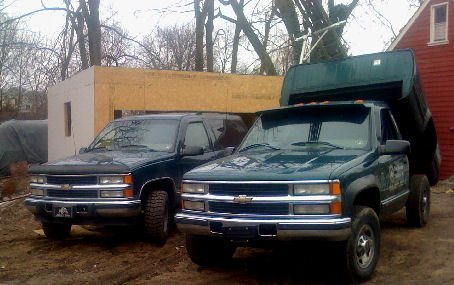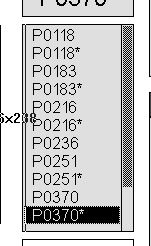davo727
Member
Hey tinknocker: Whered ya get the Marine DB2 mechanical IP ? Part #?
Follow along with the video below to see how to install our site as a web app on your home screen.
Note: This feature may not be available in some browsers.

I like that dump bed, doesnt that screw up the fuel tank filler?

Is your lift pump working? May have fuel leaking down overnight, thats what it sounds like. What GP's do you have? Do you have fuel smoke when it dies, maybe GP's are not getting hot enough and cool down to quick causing it to die.
Usually when the advance/high idle aint working they will run real rough, missing and have alot of smoke/raw fuel coming out of the exhaust gradually clearing up as it runs, usually takes 5-15 seconds depending how cold it is to clear up.
Whats your idle rpm set at?
Do you have a boost guage? Could your manual controller be adjusted to keep the wastegate slightly closed at idle so the turbo is trying to spin at idle?
If you wanted to you could remove one head bolt at a time and install your studs.
That's an interesting statement...
Is this an OK procedure - Experts?
I've never done it that way - I always remove all of the head bolts (in the reverse sequence that they were put on) and then put the studs in - torquing them in sequence. Have I been wasting my time? It kinda sounds like a good idea, I really just don't know...